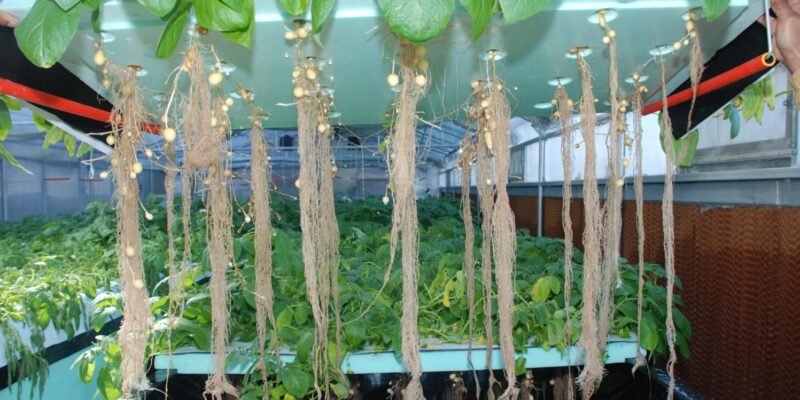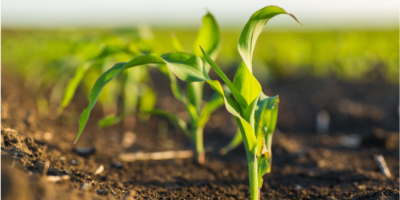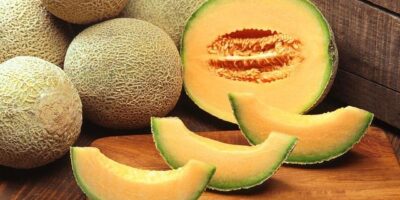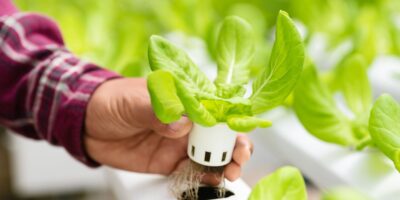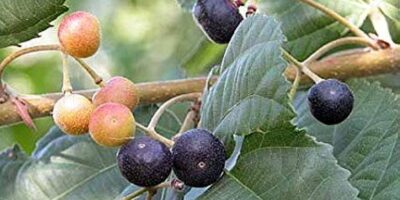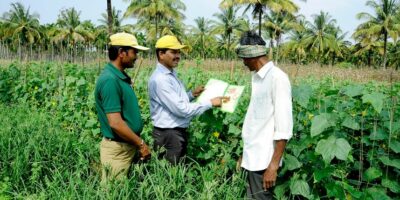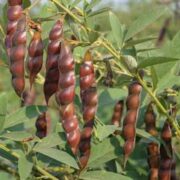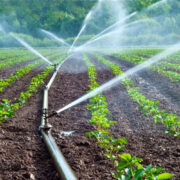Aeroponic Farming: In the world of agriculture, innovation continues to shape the way we grow our food. Aeroponics, a ground-breaking technique closely related to hydroponics, is now revolutionizing the cultivation of potatoes. Imagine growing this beloved staple crop without the need for extensive soil digging, thanks to a method that defies conventional norms.
Traditionally, cultivating potatoes meant laboriously preparing the soil, tending to plants, and managing potential pest and disease risks. However, with aeroponics, the entire process takes a leap into the future. In this method, plants are nurtured using a fine mist of nutrient solution, eliminating the need for soil or substrate. The term “aeroponics” derives from the Latin words “aero,” meaning air, and “póno,” meaning works, encapsulating the essence of this soilless cultivation technique.
Also Read: Black Wheat Farming: Say Hello to Nutrient Packed Black Wheat For Your New Healthy and Tasty Choice!

Potato Aeroponic Cultivation
Aeroponics offers a multitude of benefits that extend beyond convenience. Rapid growth rates, healthy tuber development, and impressive yield enhancements become achievable milestones. In fact, aeroponics has the potential to boost yields up to tenfold compared to traditional methods, a game-changing advantage for potato production efficiency.
Central to the success of aeroponics is the meticulous control it offers over various growth conditions. From nutrient concentrations and pH levels to humidity, atomization frequency, and even oxygen availability, every parameter is optimized to stimulate robust growth. The controlled environment not only ensures accelerated plant development but also contributes to disease-free and high-quality potato tubers.
One might wonder, how does the aeroponic process unfold? The journey begins with seed potatoes placed within a dark root chamber of the aeroponic system. A mist of nutrient solution circulates around the mother tubers, nourishing them efficiently. As the potato stems grow, a wire frame provides essential support, preventing entanglement and promoting optimal air circulation. After approximately 16 weeks, the potatoes are ready for harvest, detachable from the stolon’s using sterile secateurs.
Also Read: Elevating Greenery: The Flourishing World of Terrace Gardening in Urban Landscapes
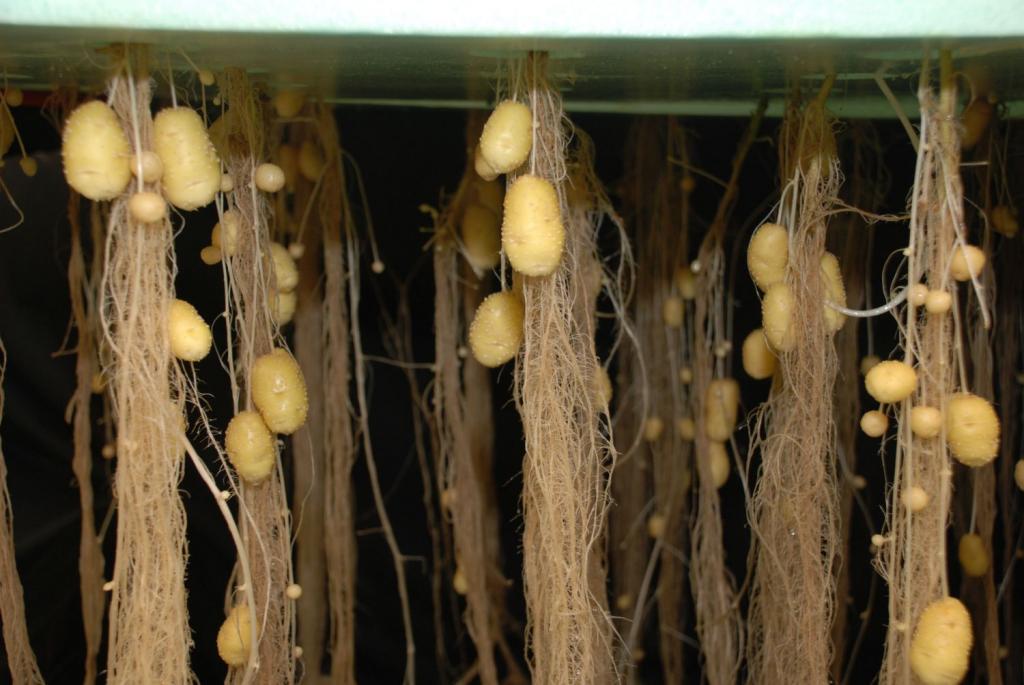
Potato Aeroponic Cultivation
The advantages of aeroponic potato cultivation extend beyond the confines of the growth chamber. Water consumption is drastically reduced, with up to 90% less water used thanks to the recirculation of nutrient solution. This not only conserves a precious resource but also eliminates the need for environmentally harmful pesticides. Additionally, the method’s inherent root aeration leads to a higher yield weight of the crop. Indoor farming or polytunnels shield the crop from adverse weather conditions, ensuring a consistent harvest.
One of the most striking benefits is the production of virus-free seed potatoes. The absence of a soil medium minimizes the risk of disease transmission, offering farmers a potential solution to a longstanding challenge. Organizations like the International Potato Center (CIP) are championing aeroponics for producing pre-basic potato seed, showcasing higher yields and profitability.
As aeroponics gains momentum, its potential to transform potato cultivation on a global scale becomes undeniable. The prospect of disease-free, high-quality seed potatoes could bring about a new era for farmers worldwide, offering access to premium crops and improved livelihoods. With aeroponics, potatoes ascend to new heights, ushering in a future where innovation knows no bounds.
Also Read: Revolutionizing Agriculture: Capsule Seed Cultivation Technique

